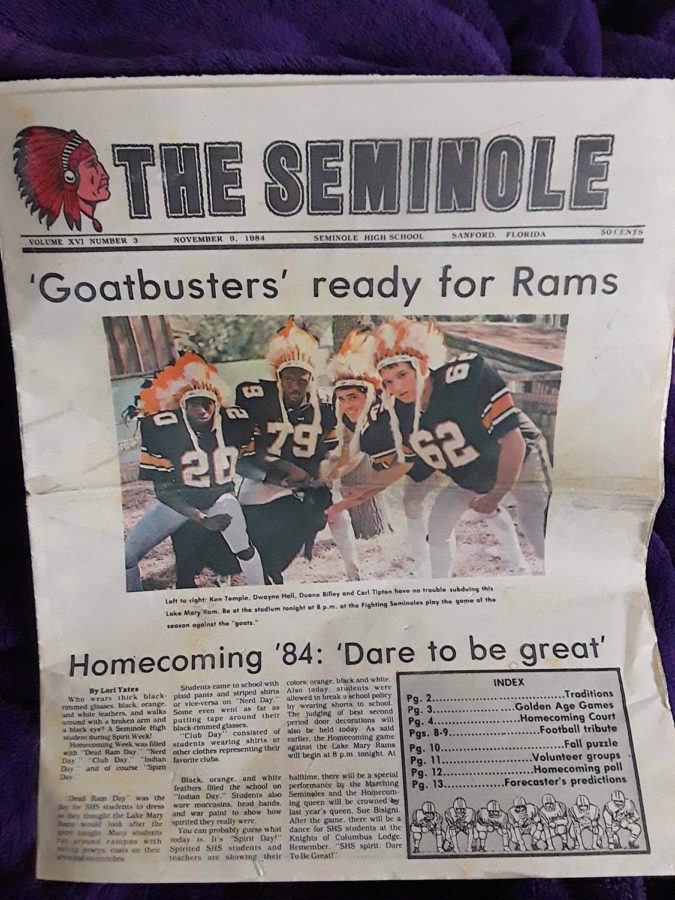THE SEMINOLE: MAKING HEADLINES SINCE 1922
The Seminole Newspaper dates back to 1922.
March 28, 2019
The clicking of typewriters, the sound of camera shutters, and the rustling of papers filled the sunny, brick-walled newsroom of Seminole High School. Had they been a few years older, many of its occupants would have been fighting in World War I. But at that moment, nothing could disturb the seven boys in the newsroom. They were busy bringing what would later be called The Seminole to life.
Established in 1922, the Celery Fed was Seminole High School’s original student-led periodical. Nearly one hundred years ago, the newspaper employed remarkably different tactics to produce their articles. Subsequently referred to as the Seminole Newspaper, and then merely The Seminole, the Celery Fed has transformed to fit modern news, but its mission remains the same.
School newspapers serve as a creative outlet for students to voice their opinions and diffuse information to the school and its close community. The articles written represent the entirety of the student body and bring awareness to their school and all the stories it holds.
“It can have frivolity and can be a lot of fun, but it can also tackle serious articles,” said Barbara Rosenberger, an advisor in the early 1980s, when asked about the importance of school newspapers.
The process of designing and producing newspapers has changed drastically over the past century as well. The Seminole was once a black and white print publication that was distributed several times a year. In the early 1980s, it transformed into a color newspaper, and in 2009, an online based periodical was introduced for weekly and breaking news.
Before computers became conventional, the staff of The Seminole used typewriters and typesetting to design their publications. Typesetting is the process of creating text by arranging physical types. Cast metal sorts, which are similar to stamps of letters and symbols, were arranged on a composing stick to form words and sentences and then stamped onto paper manually. This was often a labor-intensive and meticulous process.
“We had to do the Newspaper very differently and worry a lot about layout in [another] way,” explained Rosenberger. “Printing is radically different today, we didn’t do it on the computer. We had typewriters.”
In the modern age of technology, newspaper production has changed tremendously. Designers now have the ability to create their layouts on applications such as Adobe Illustrator and Photoshop, and reporters are able to write online and share their articles with a single click.
Newspaper is not just a class and job, but also a family. Alongside gaining many skills that can be used in the workplace such as teamwork and leadership, newspaper can kickstart careers for many students. What seems to simply be a passion of high schoolers can have a significant effect on the community around them.
“Advising those groups of students was one of the best things about my time at Seminole, and the creativity that came out of their love for journalism, design, and finding the truth was inspiring. Many students went on to become journalists, political activists, and business owners,” said Natalie Galed, who served as advisor from 2008-2015.
The success of The Seminole Newspaper can be accounted for by the quality work of the staff. Their passion and motivation along with their incredible ideas and stories are what make the newspaper so special.
“I encourage this year’s staff and all staffs after it to realize that they really do have an impact on the people who read it, and if they work hard and have a mission in mind, they can absolutely achieve it,” said Galed.























